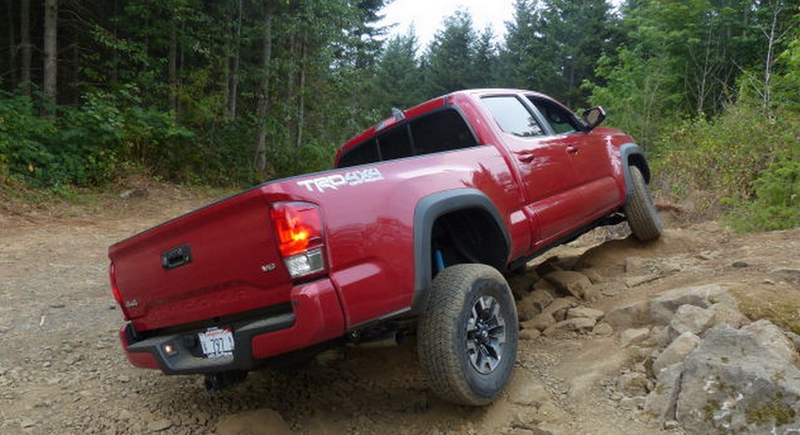I was hesitant to have clicked on it when I saw it was Jalopnik. I read it, and IMO there's nothing much profound or new in terms of information in that article.
To quickly summarize, this is what the article boiled down to IMO:
- At Honda, they made a 2nd gen unibody Ridgeline, because just like the 1st gen, they ONLY have experience with unibodies. Honda has no experience with body-on-frame vehicles. So because of that, Honda simply continued with unibody. A very simple reason why Honda didn't go with BOF. Also the fact that they made the front end of the new Ridgeline with such soft styling indicates to me they are not serious about conquesting "real truck buyers", because the Ridgeline still does not look like a real truck.
- A unibody can match a ladder frame in the midsize segment in most load metrics, only IF the unibody is heavily reinforced, negating any weight savings.
- A unibody is still weaker in heavy off-roading situations. Also not mentioned in the article, ALL heavy duty vehicles on the planet use ladder frames. This includes heavy duty pickups, commercial trucks, and semi-trailer trucks. So a unibody is simply weaker period in any heavy duty application, not just off-roading.
- Not mentioned in the article, is that while a properly reinforced unibody can handle a moderate amount of load levels, the force is distributed differently than in a body-on-frame vehicle. In a body-on-frame vehicle, more force is absorbed by the ladder frame, and force is also dispersed via the twisting and other motions of the frame being a separate piece from the body. In a unibody, all the force has no choice but to travel through the unibody, and subsequently through to the suspension. So in other words, in a heavy off-roading situation, or when hitting a big pothole, a unibody vehicle will put more force and stress through the suspension than a body-on-frame vehicle in the same situation.
- The article was well articulated, but still mostly came off sounding like a puff piece for unibody utility vehicles.
- a unibody has some advantages on (smooth) road, but a body-on-frame has lots of advantages off-road, and in heavy duty situations. So if a person lives in and drives in an area filled with pitted roads, or lots of potholes, that's essentially almost the same as driving off-road. In that environment, body-on-frame is more durable and reliable over time.

